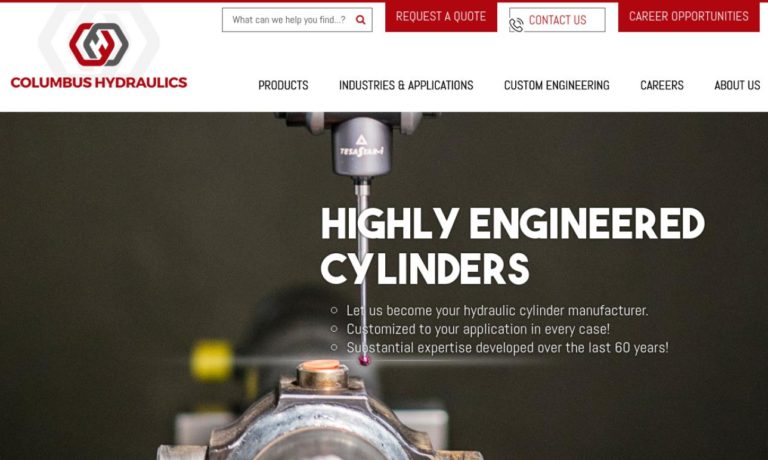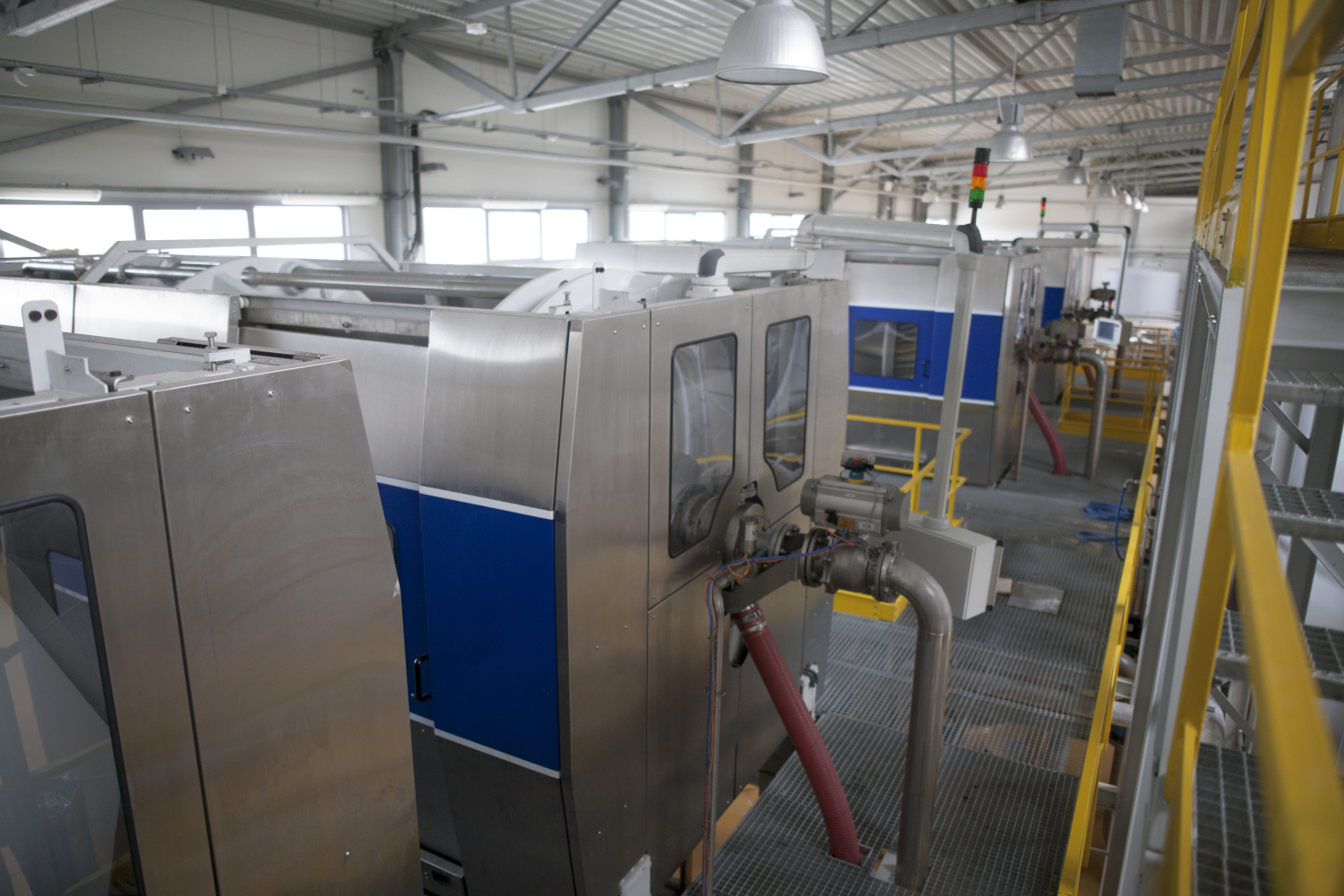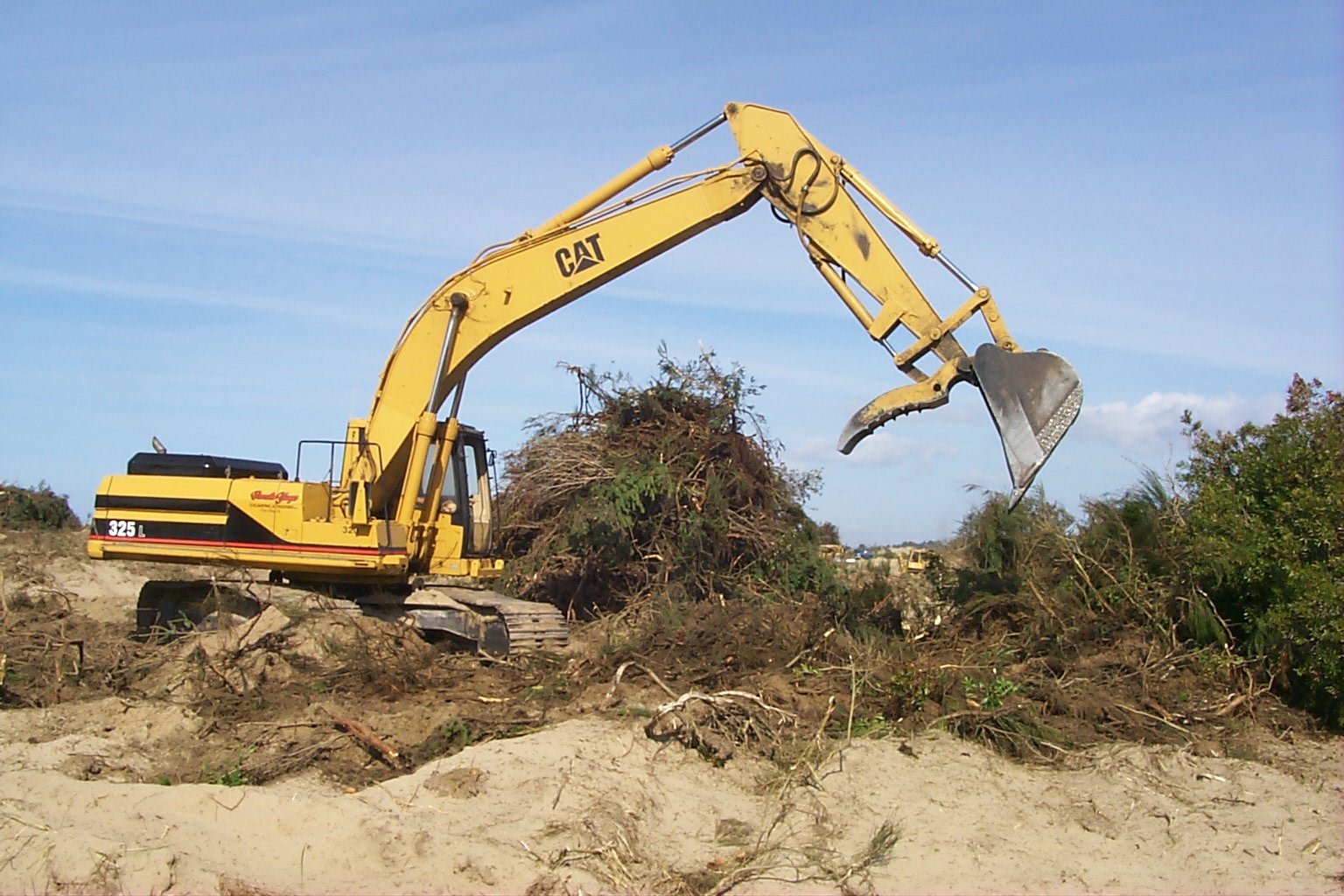The 6-Minute Rule for Leading Hydraulic Cylinder Manufacturer Northern Hydraulics


More Hydraulic Cylinder Manufacturer Listings
The Greatest Guide To Manufacturer & Suppliers of Hydraulic Parts in India
Therefore, for liquids to act in a hydraulic fashion, it needs to function with some kind of enclosed system. Find Out More Here enclosed mechanical system that utilizes liquid hydraulically is known as a hydraulic power pack or a hydraulic power system. Usually speaking, these packs/units consist of a reservoir (to store unused hydraulic fluid), a pump (to supply the remainder of the hydraulic system with fluid), numerous kinds of tubes (to transport the hydraulic fluid), and actuators (devices that really convert the energy produced by hydraulic liquid circulation into mechanical power.) Hydraulic cylinders form a significant kind of hydraulic actuator.


Single Acting Hydraulic Cylinder In Georgia Us, Single Acting Hydraulic Cylinder Manufacturers Suppliers Georgia Us
The primary difference between hydraulic cylinders and hydraulic motors depends on the truth that hydraulic cylinders mostly produce direct mechanical motion while hydraulic motors primarily produce rotary mechanical movement. Although a hydraulic power pack is designed total to harness the energy of fluid transmission, the cylinders represent the part of the pack where energy conversion truly occurs.
On one end is the consumption check valve, with the discharge check valve being located on the opposite end. (As with the cylinder, some systems have simply one piston or gear cog while others have numerous.) Within a hydraulic system, tubing and a pressure vessel (or hydraulic pump) are needed to save and transfer the fluid.
Our Air Cylinders Manufacturers - Air Cylinder Suppliers Statements
When the pump is working, the piston is withdrawn. This produces a vacuum that draws hydraulic fluid from the reservoir, through the hosing and intake valve and finally into the cylinder. When the piston is gone back to its original position and the check valve closes, the fluid becomes pressurized. This pumping action is repeated at variable speeds until enough pressure has actually been constructed up in the cylinder to require the fluid to pass through the discharge valve.
Direction is identified by what side of the piston meets the pressurized fluid. Fluid above the piston will retract the rod, while fluid listed below it will trigger it to extend. The introduction of different amounts of pressurized hydraulic fluid on either end controls the movement of the piston, rod and attached load.
In spite of their excellent role of converting kinetic energy into power, standard hydraulic cylinders are fairly easy devices. Major parts of hydraulic cylinders are consisted of in the following list: A round, rectangular or oval tube formed barrel makes up the primary body of the cylinder that houses and links all of the components.
